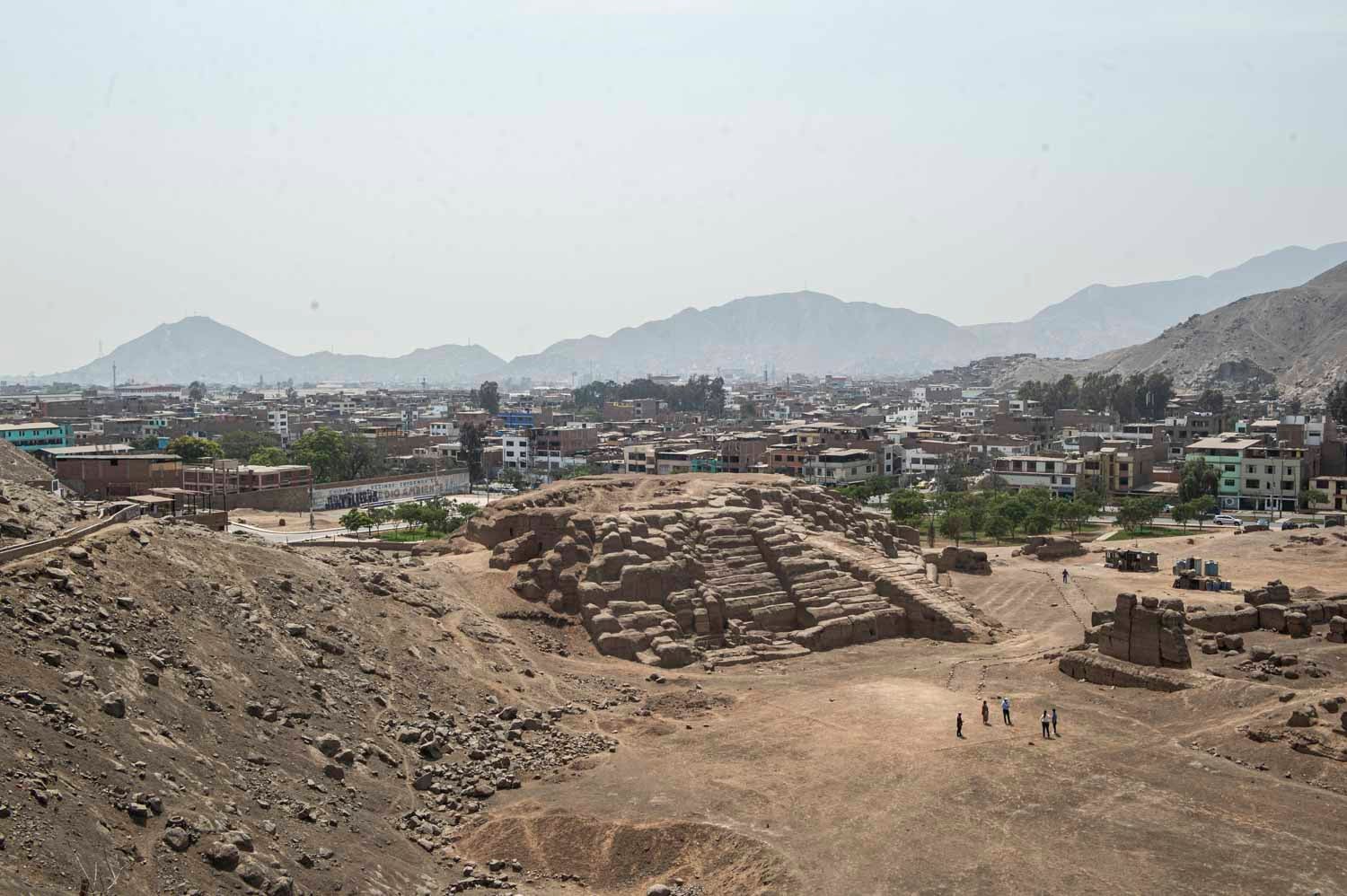Archaeologists unearth 800-year-old mummy in Peru
The mummy was discovered tied up by ropes in the Lima region

Your support helps us to tell the story
From reproductive rights to climate change to Big Tech, The Independent is on the ground when the story is developing. Whether it's investigating the financials of Elon Musk's pro-Trump PAC or producing our latest documentary, 'The A Word', which shines a light on the American women fighting for reproductive rights, we know how important it is to parse out the facts from the messaging.
At such a critical moment in US history, we need reporters on the ground. Your donation allows us to keep sending journalists to speak to both sides of the story.
The Independent is trusted by Americans across the entire political spectrum. And unlike many other quality news outlets, we choose not to lock Americans out of our reporting and analysis with paywalls. We believe quality journalism should be available to everyone, paid for by those who can afford it.
Your support makes all the difference.Archaeologists have found a mummy estimated to be at least 800 years old on Peru’s central coast.
The remains are believed to be of a person from a culture that developed between the coast and the mountains of the South American country.
While the mummy’s sex has not been identified, archaeologist Pieter Van Dalen Luna, from the State University of San Marcos, has said it was discovered in an underground structure on the outskirts of the city of Lima. It is believed that the remains are of a person who lived in the high Andean region of Peru.
According to Prof Van Dalen Luna, “the main characteristic of the mummy is that the whole body was tied up by ropes and with the hands covering the face, which would be part of the local funeral pattern”.
He added: “Radiocarbon dating will give a more precise chronology.”
Inside the tomb were offerings, including ceramics, stone tools and the remains of vegetables, he said.
In 2006, a mummy was discovered at the archaeological site at El Brujo, located north of Trujillo in the country’s La Libertad region. It was estimated that the woman, who was given the nickname the Lady of Cao, had died in AD450, and that she may have been a Moche ruler. Before her discovery, it was believed that only men had held high-ranking positions in Moche culture.
Join our commenting forum
Join thought-provoking conversations, follow other Independent readers and see their replies
Comments